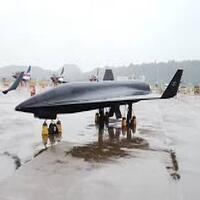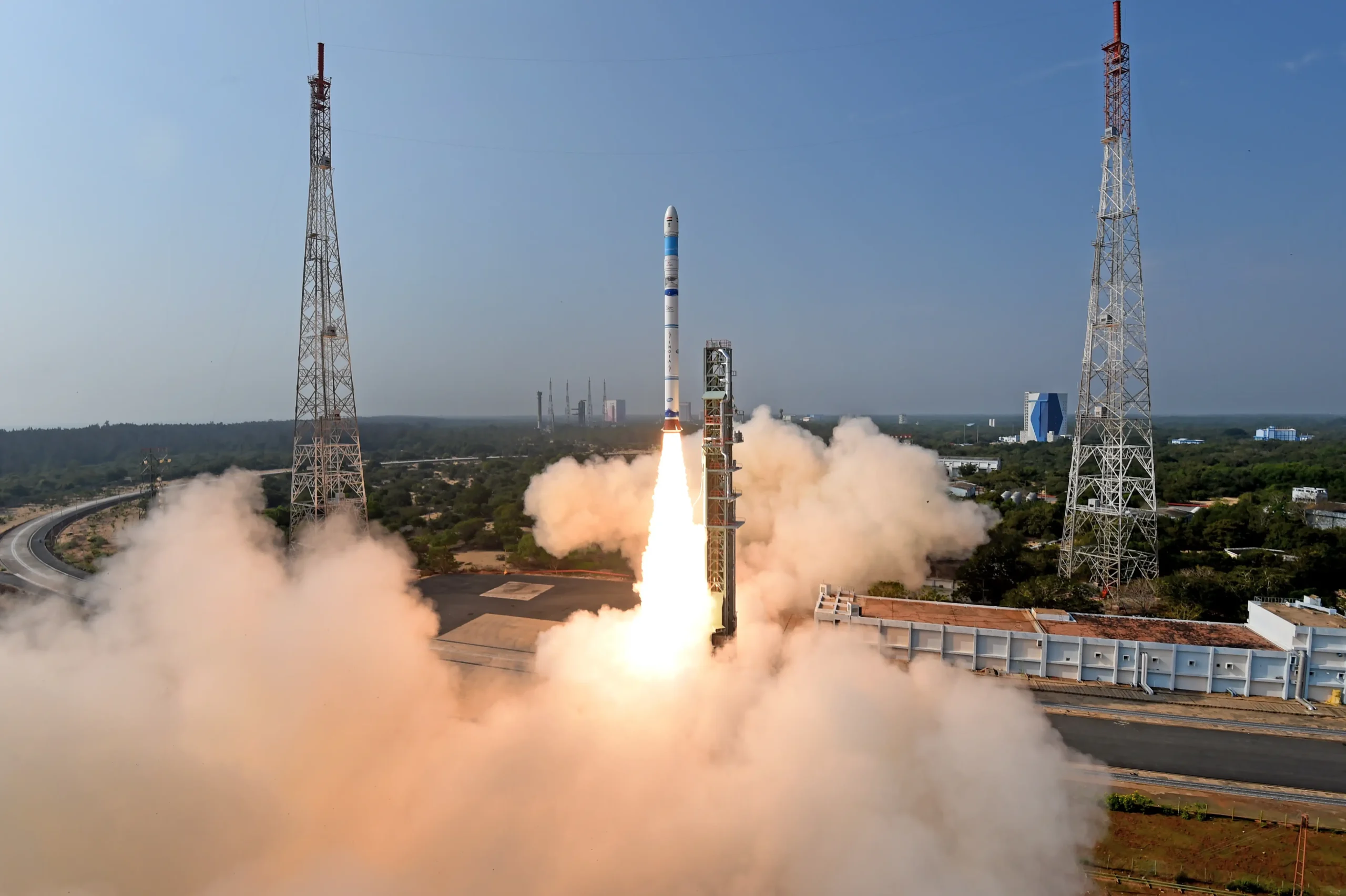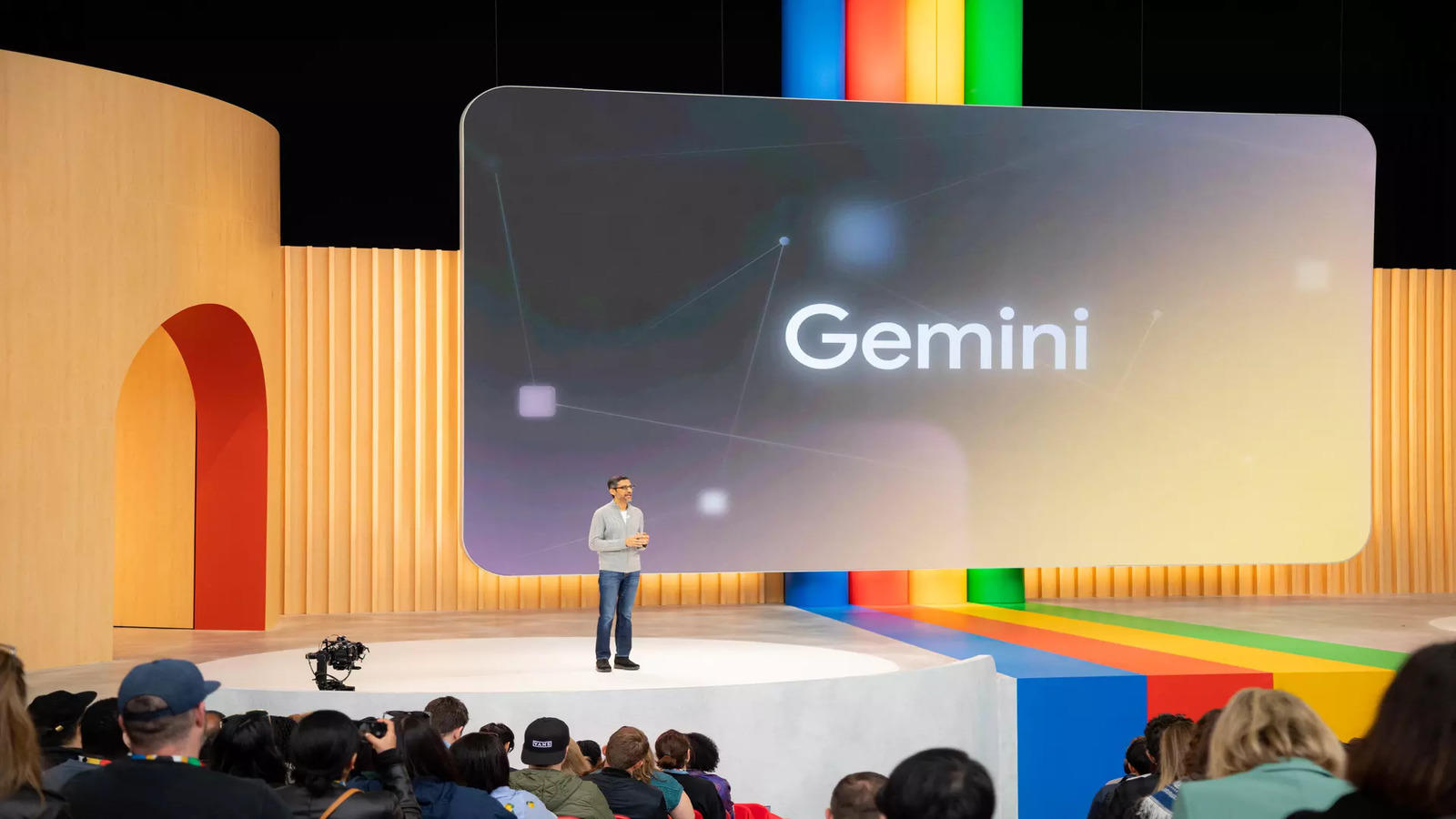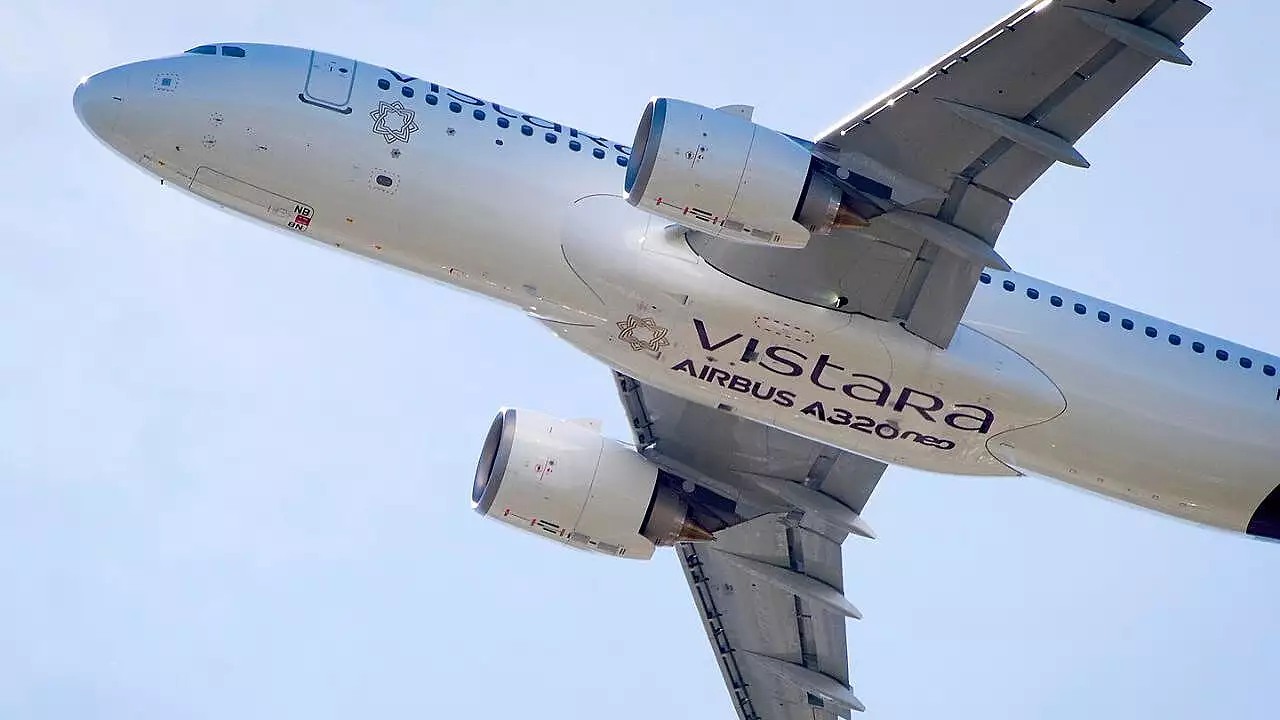
Third Successful RLV LEX-03 Spacecraft Test by ISRO: Complete Report
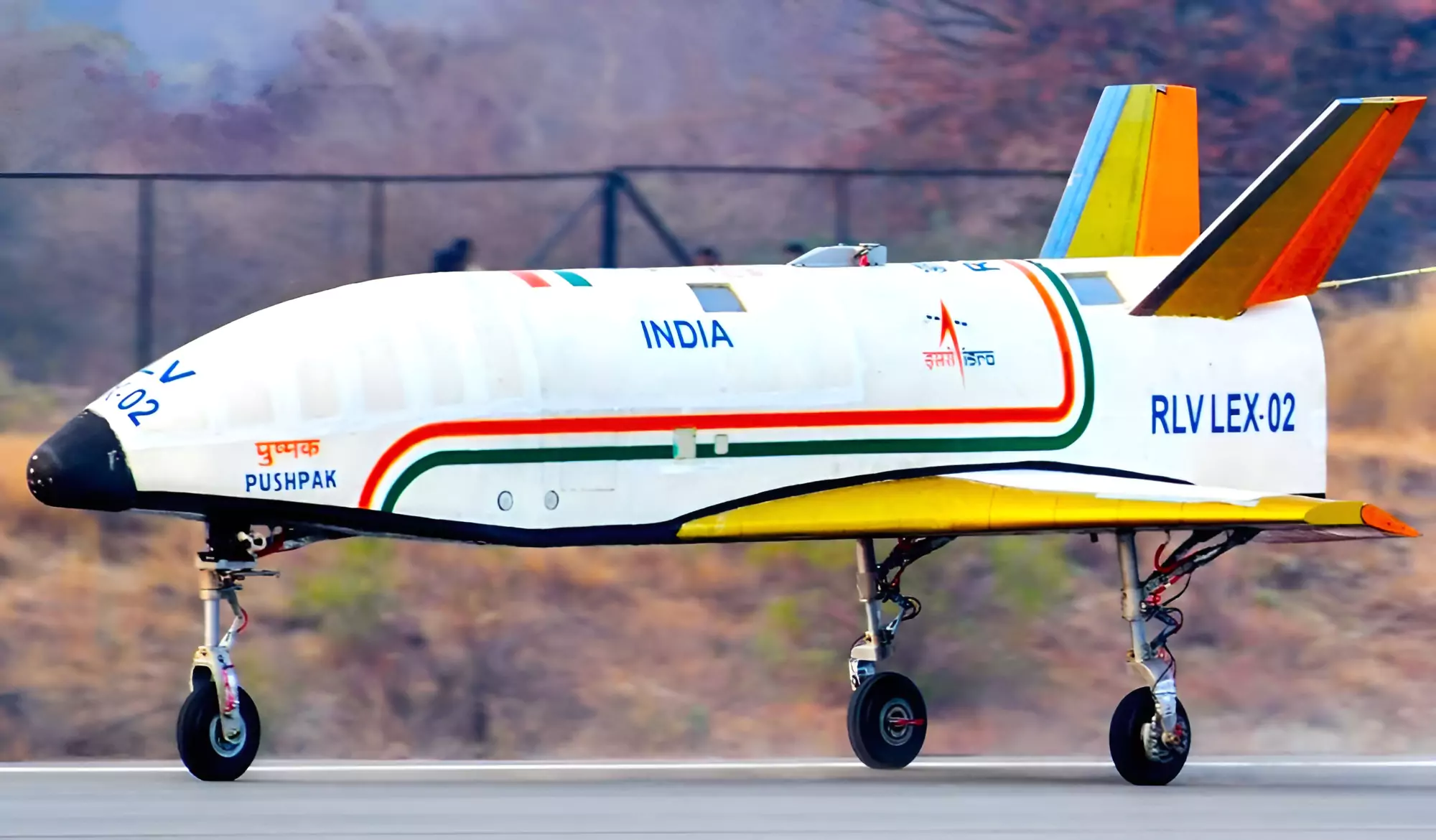
The third test of the Indian Space Research Organization’s (ISRO) Reusable Launch Vehicle (RLV) spacecraft was successful, demonstrating once more the organization’s developing expertise in space technology. This accomplishment demonstrates India’s dedication to creating affordable and environmentally friendly space missions. We examine the RLV spacecraft’s specifications, the third test’s accomplishments, the program’s importance, and ISRO’s future intentions for this innovative technology in this extensive article.
Details on the RLV Spacecraft
Design and Structure
The RLV-TD, or Reusable Launch Vehicle-Technology Demonstrator, is a spaceship that combines the best aspects of an airplane and a spacecraft. It is shaped like a spaceplane. The purpose of this hybrid architecture is to withstand the demanding conditions of both space travel and atmospheric flight. Important components of the design include:
– Aerodynamics : The spacecraft is designed to land and reenter steadily. Its aerodynamic design provides the lift and control required for a safe landing while reducing heat and drag during re-entry.
The Thermal Protection System (TPS) is a vital component that safeguards the spacecraft against the intense heat experienced during re-entry. It is made of sophisticated materials with effective heat dissipation capabilities.
– Navigation, Guidance, and Control Systems: These systems are exceedingly advanced, allowing for precise navigation and control during ascent, orbit, and descent. They guarantee that the spacecraft can control its trajectory and landing approach on its own.
Dimensions & Capacity
– Length: About 6.5 meters, making it small but adequate to hold the cargo and necessary systems.
– Wingspan: About 3.6 meters, which gives it the lift and control surfaces it needs to fly aerodynamically.
– Launch Weight: 1.75 tonnes, taking into account both fuel efficiency and structural integrity.
Propulsion and Strength
For its inaugural launch, the RLV-TD is powered by a combination of conventional rocket engines and jet engines for atmospheric flight. The propulsion system’s dual mode increases its adaptability and durability. Throughout the voyage, the power systems on board—which include of batteries and solar panels—ensure dependable functioning.
Successes in the Third Exam
On June 25, 2024, at the Aeronautical Test Range (ATR) in Chitradurga, Karnataka, the RLV spacecraft had its third test, which demonstrated important technological breakthroughs. Important accomplishments consist of:
Successful Ascent and Release
– chopper Carriage: A Chinook chopper lifted the RLV to a prearranged altitude of 3.7 kilometers. With this technique, the RLV would be launched atop a rocket, simulating the first few minutes of a space flight.
– Controlled Descent: The RLV’s smooth transition into a controlled descent phase after being released from the helicopter showed off its aerodynamic stability and control.
Runway Touchdown – Autonomous Landing: The RLV demonstrated its capacity to return to a precise spot by performing an autonomous landing on a designated runway. Reusable spacecraft need this capacity in order to be able to be recovered and renovated for use on other missions.
– Safety and Precision: The landing showed a high level of safety and precision, which is necessary for operational missions transporting important payloads in the future.
Gathering and Examining Data
– Performance Metrics: Extensive information was obtained about control systems, thermal protection, and aerodynamic performance. For the RLV’s functionality and design to be improved and validated, this data is essential.
– Telemetry and Monitoring: Post-flight analysis and real-time monitoring were made possible by sophisticated telemetry systems, which guaranteed a complete comprehension of the spacecraft’s activity throughout the test.
Importance of the ISRO’s RLV Initiative
A key component of ISRO’s strategic plan for cutting the cost of space missions is the RLV program. Reusing launch vehicles has many benefits that could transform satellite deployment and space exploration:
Cost Reduction
– Economic Efficiency: The cost per mission is greatly decreased when launch vehicles are reused. The RLV can be repaired and reused, but traditional disposable rockets are expensive because they can only be used once, On the other hand, the RLV can be extensively reduced in cost by being reconditioned and reused several times.
– Affordability: As space becomes more accessible due to lower mission costs, more nations, organizations, and academic institutions are able to engage in satellite deployment and space exploration.
Increased Launch Frequency
– Fast Turnaround: More launches are possible due to the RLV’s rapid refurbishment and relaunch. For the timely deployment of satellites, research experiments, and other payloads, this quick turnaround is crucial.
– Mission Flexibility: More frequent launches provide for more leeway in the planning and execution of missions, supporting pressing and time-sensitive assignments.
Resource efficiency and sustainability are enhanced by reusable technology, which reduces waste and uses less resources in space operations. This is in line with international initiatives to lessen environmental damage and encourage sustainable lifestyles.
– Environmental Benefits: The RLV program helps lessen the environmental impact of space activities by eliminating the need to manufacture new rockets for each trip.
Technological Progress
– Innovation Driver: Advances in propulsion systems, materials science, and aeronautical engineering are fueled by the development of reusable launch technologies. These developments help numerous sectors and have uses beyond space exploration.
– Global Competitiveness: India’s proficiency with reusable launch technology makes it a competitive force in the international space industry, luring partnerships and business prospects from other countries.
Prospective Schemes for the RLV Spacecraft
An extensive and ambitious plan for the future development and operation of the RLV spacecraft has been laid forth by ISRO. These proposals are intended to increase the RLV’s capabilities and applications while also bringing it up to operational readiness.
Advanced Research and Development – Missions involving Orbital Re-Entry:
Subsequent trials will comprise of sending the RLV into orbit and performing re-entry operations. Through these tests, the spacecraft’s performance under increasingly demanding circumstances will be validated, guaranteeing its dependability for real flights.
– Payload Integration: A range of payloads, such as tiny satellites, research tools, and other mission-specific gear, will be used to test the RLV. This will show how adaptable and ready it is for practical application.
– Improved Systems: The RLV’s navigation, propulsion, and thermal protection systems will all see ongoing upgrades thanks to information and learnings from test flights.
Operational Deployment
– Satellite Launches: The RLV will be utilized to launch satellites into low Earth orbit (LEO) after it is completely operational. This capacity will provide a dependable and affordable alternative for satellite deployment, serving both government and commercial clients.
– Space Research and Exploration: India’s long-term space exploration objectives, including as trips to the Moon, Mars, and beyond, may depend significantly on the RLV. Because of its reusability, space exploration can be conducted at a lower cost and with greater simplicity thanks to this excellent platform for many missions.
International Cooperation
– Partnerships: In order to improve the capabilities and uses of the RLV spacecraft, ISRO intends to work in partnership with international space organizations, academic institutions, and business partners. These collaborations can make technology sharing, cooperative missions, and resource sharing easier.
– International Market: The RLV seeks to establish India as a rival in the international space market. International clients might be drawn to ISRO and its market presence can be increased by providing dependable and reasonably priced launch services.
Innovation & Commercialization
– Space Tourism: The RLV has the potential to be modified for space tourism in the long run, offering a reusable and reasonably priced platform for business spaceflight. There is a lot of room for expansion and income generating in this developing industry.
– Commercial Payloads: The RLV may be utilized to launch commercial payloads such as technological demonstration platforms, research labs, and space manufacturing modules in addition to conventional satellite launches.
